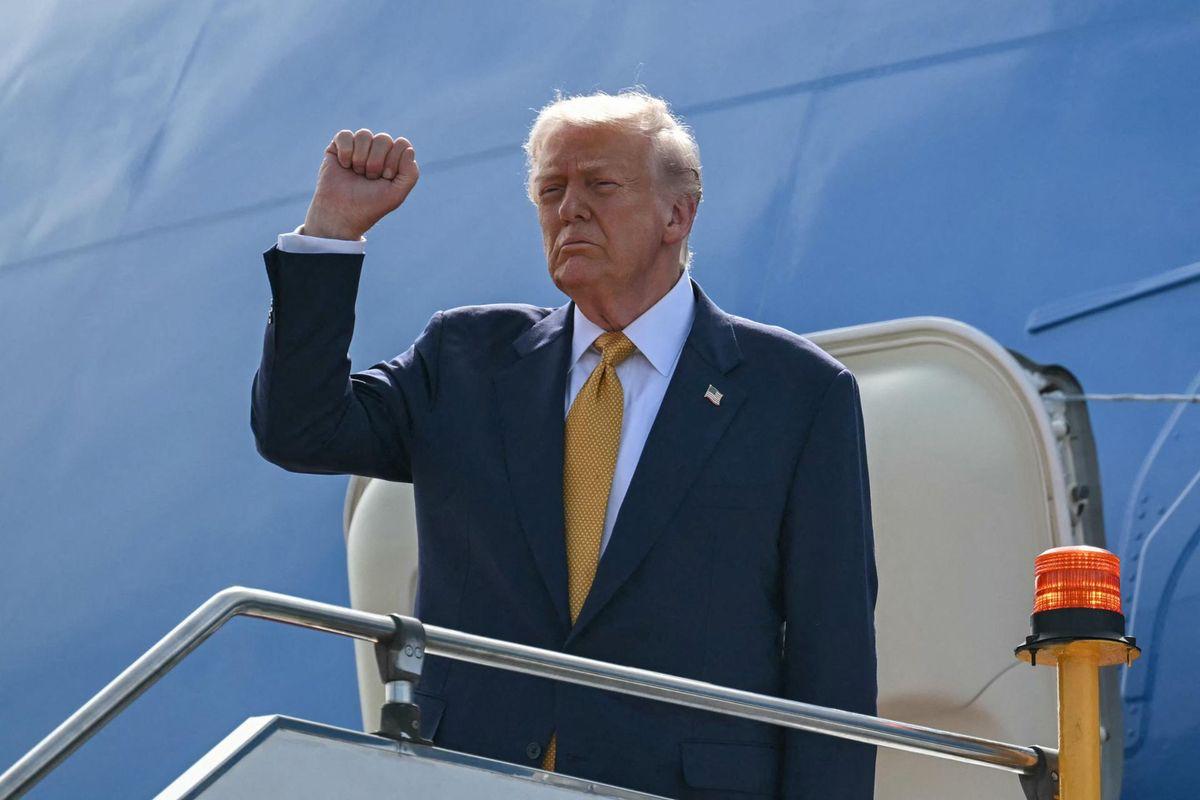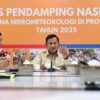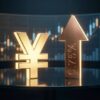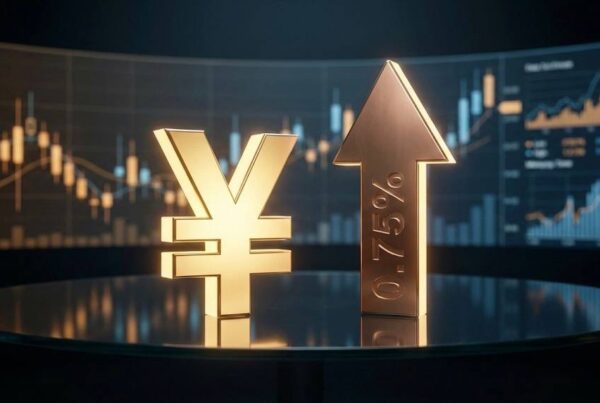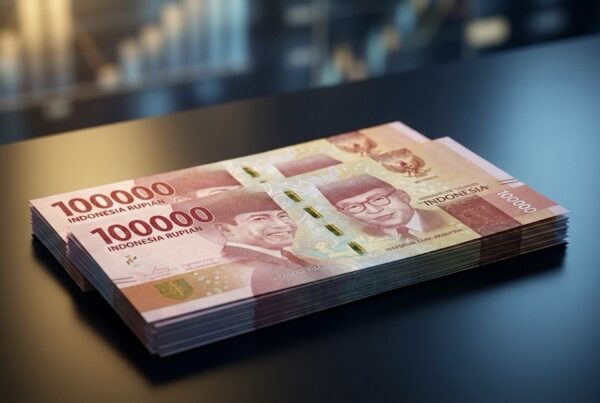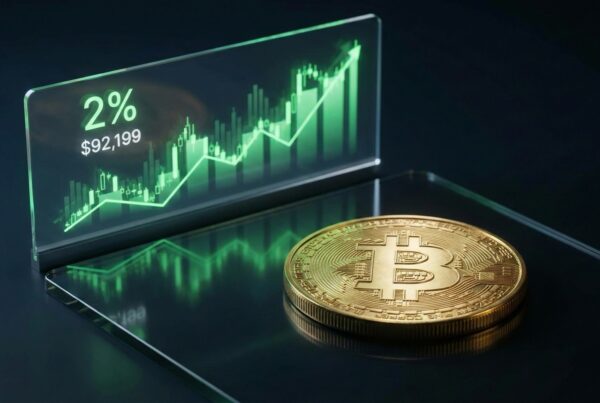Presiden Donald Trump memulai tur diplomatiknya ke Asia pada akhir Oktober 2025 dengan misi besar memperkuat posisi Amerika Serikat dalam perdagangan internasional. Langkah ini menandai upaya baru Washington untuk menuntaskan serangkaian kesepakatan tarif yang tertunda sejak masa pemerintahan sebelumnya. Trump, yang dikenal dengan pendekatan negosiasi langsungnya, menegaskan bahwa kunjungannya kali ini tidak hanya bersifat simbolik, tetapi juga strategis untuk memastikan kepentingan ekonomi AS tetap dominan di kawasan Asia.
Trump menyebut Asia sebagai “poros masa depan perdagangan global,” menekankan bahwa stabilitas dan kemakmuran Amerika Serikat bergantung pada kemitraan ekonomi yang kuat di kawasan ini.
Diplomasi Perdagangan di Tengah Kompetisi Global
Kunjungan Presiden Trump ke Asia datang pada saat dunia menghadapi perubahan signifikan dalam dinamika perdagangan internasional. Persaingan antara Amerika Serikat dan China kembali meningkat setelah beberapa kebijakan ekonomi baru diberlakukan oleh kedua negara. Trump melihat peluang untuk memperbaiki posisi AS melalui pendekatan diplomatik yang lebih langsung dan berani.
Dalam pidatonya di Tokyo, Trump menyatakan bahwa perjalanannya ini bertujuan untuk “membangun kembali keseimbangan yang adil” dalam perdagangan antara Amerika Serikat dan negara-negara Asia. Ia menyoroti pentingnya menutup kesepakatan yang selama ini tertunda, terutama dengan negara-negara yang memiliki potensi ekspor besar ke AS.
Fokus pada China dan Negosiasi Strategis
Salah satu agenda utama dalam tur ini adalah pertemuan dengan Presiden Xi Jinping di Beijing. Trump mengungkapkan optimisme tinggi terhadap hasil pertemuan itu, mengingat hubungan dagang antara AS dan China masih menjadi poros utama ekonomi dunia. Meski ketegangan tarif sempat membayangi selama beberapa tahun terakhir, kedua pihak tampak berupaya mencari titik temu baru.
Sumber diplomatik dari Gedung Putih menyebut bahwa Trump akan menekan Beijing untuk memperluas akses pasar bagi perusahaan-perusahaan Amerika dan menurunkan hambatan ekspor. Sebagai gantinya, AS akan menawarkan relaksasi tarif tertentu yang selama ini menjadi sumber friksi antara kedua ekonomi terbesar dunia itu.
Langkah Konkret di Asia Tenggara
Selain China, Trump juga mengunjungi beberapa negara di Asia Tenggara, termasuk Malaysia, Kamboja, Thailand, dan Vietnam. Di kawasan ini, fokus utama adalah memperkuat rantai pasokan dan diversifikasi manufaktur yang selama ini bergantung pada China.
Pemerintah AS melihat peluang besar untuk membangun kemitraan ekonomi yang lebih dalam dengan negara-negara ASEAN. Menurut laporan dari The Wall Street Journal, kesepakatan sementara dengan Vietnam dan Malaysia telah disepakati, mencakup kerja sama teknologi dan pengurangan tarif ekspor bahan mentah. Trump menilai langkah ini sebagai “kemenangan diplomasi Amerika” dalam memperluas pengaruhnya di Asia Tenggara.
Strategi Diplomasi Personal Trump
Gaya negosiasi Donald Trump tetap menjadi ciri khas dalam setiap pertemuannya. Ia mengandalkan pendekatan personal dengan para pemimpin negara mitra dagang. Dalam beberapa kesempatan, Trump menegaskan bahwa diplomasi bukan hanya soal angka dan perjanjian tertulis, tetapi tentang membangun rasa saling percaya.
Pendekatan Langsung dalam Negosiasi
Menurut laporan Reuters, dalam setiap sesi bilateral, Trump menolak menggunakan perantara diplomatik yang panjang. Ia lebih memilih berbicara langsung dengan para kepala negara untuk mencari solusi instan. Pendekatan ini dianggap efektif dalam mempercepat kesepakatan, meski kerap memunculkan kontroversi di kalangan diplomat tradisional.
Beberapa analis menyebut bahwa strategi “Trumpian” ini terbukti berhasil saat negosiasi dengan Thailand dan Vietnam. Dalam pertemuan tertutup, Trump dikabarkan berhasil membuka kembali pembahasan kerja sama energi dan teknologi yang sebelumnya tertunda sejak 2023.
Reaksi dan Kritik
Namun, tidak semua pihak menyambut positif langkah Trump. Beberapa pakar hubungan internasional menilai bahwa gaya agresifnya dapat menimbulkan ketegangan baru, terutama di kawasan yang sensitif secara geopolitik. Profesor ekonomi politik dari Harvard University, Lisa McKenna, menilai bahwa “diplomasi cepat ala Trump memang bisa menghasilkan hasil konkret, tetapi risiko jangka panjang terhadap stabilitas regional tetap besar.”
Meski demikian, dukungan di dalam negeri terhadap langkah Trump justru meningkat. Survei Gallup menunjukkan 58% warga Amerika menilai kebijakan luar negerinya kali ini sebagai langkah tepat untuk memperkuat posisi ekonomi AS.
Implikasi Geopolitik dan Ekonomi
Tur Asia ini tidak hanya berdampak pada hubungan bilateral, tetapi juga pada tatanan geopolitik yang lebih luas. Amerika Serikat tampaknya ingin menegaskan kembali kepemimpinannya di kawasan yang kini semakin dipengaruhi oleh kebangkitan ekonomi China dan India.
Pengaruh terhadap Rantai Pasokan Global
Langkah AS memperluas kemitraan dengan negara-negara Asia Tenggara dapat menggeser pusat rantai pasokan global. Vietnam dan Malaysia kini diproyeksikan menjadi basis baru bagi industri semikonduktor dan energi hijau yang sebelumnya terpusat di China.
Menurut laporan Bloomberg, strategi ini merupakan bagian dari rencana jangka panjang Washington untuk mengurangi ketergantungan industri Amerika pada produk manufaktur China. Beberapa perusahaan besar seperti Intel dan Tesla disebut akan memperluas investasinya ke Asia Tenggara dalam dua tahun ke depan.
Dampak terhadap China
Di sisi lain, Beijing tetap menjadi pemain utama dalam peta perdagangan Asia. Pemerintah China menyambut kunjungan Trump dengan hati-hati, berusaha menjaga keseimbangan antara diplomasi ekonomi dan kebijakan nasionalnya. Media resmi China, Global Times, menulis bahwa “Amerika Serikat tampak ingin memperbaiki hubungan, tetapi Beijing tidak akan mengorbankan kedaulatan ekonominya demi kesepakatan jangka pendek.”
Analis memperkirakan hubungan AS-China akan terus berada dalam fase “kompetisi terkendali”, di mana kedua negara berusaha menghindari eskalasi, tetapi tetap bersaing ketat dalam inovasi teknologi dan ekspor industri strategis.
Agenda Lanjutan Setelah Tur Asia
Setelah menyelesaikan rangkaian kunjungannya, Trump dijadwalkan menghadiri Konferensi Ekonomi Global di Singapura. Agenda ini diperkirakan menjadi forum penting untuk mempresentasikan arah baru kebijakan ekonomi AS di kawasan Indo-Pasifik.
Dalam konferensi tersebut, Trump akan menyoroti pentingnya kemitraan yang “adil dan saling menguntungkan,” serta mengundang negara-negara Asia untuk berinvestasi di sektor energi dan infrastruktur Amerika.
Selain itu, Gedung Putih juga mengisyaratkan rencana pertemuan lanjutan antara AS dan beberapa negara ASEAN pada awal 2026. Pertemuan ini diharapkan dapat memperkuat komitmen terhadap perdagangan bebas dan memperluas program investasi lintas kawasan.
Tur diplomatik Trump ke Asia pada akhir Oktober 2025 menjadi salah satu langkah paling signifikan dalam kebijakan luar negeri Amerika Serikat tahun ini. Dengan strategi negosiasi langsung, fokus pada kemitraan Asia Tenggara, dan pembicaraan intensif dengan China, Trump berusaha memastikan AS tetap menjadi kekuatan utama dalam perekonomian global.
Kunjungan ini juga menunjukkan bahwa diplomasi dagang masih menjadi alat utama bagi Washington untuk mempertahankan pengaruhnya di tengah dinamika dunia yang terus berubah. Pembaca dapat mengikuti perkembangan terbaru dan analisis lanjutan seputar isu perdagangan internasional dan geopolitik Asia di portal berita Insimen yang selalu menghadirkan liputan mendalam dan terpercaya.
Discover more from Insimen
Subscribe to get the latest posts sent to your email.

